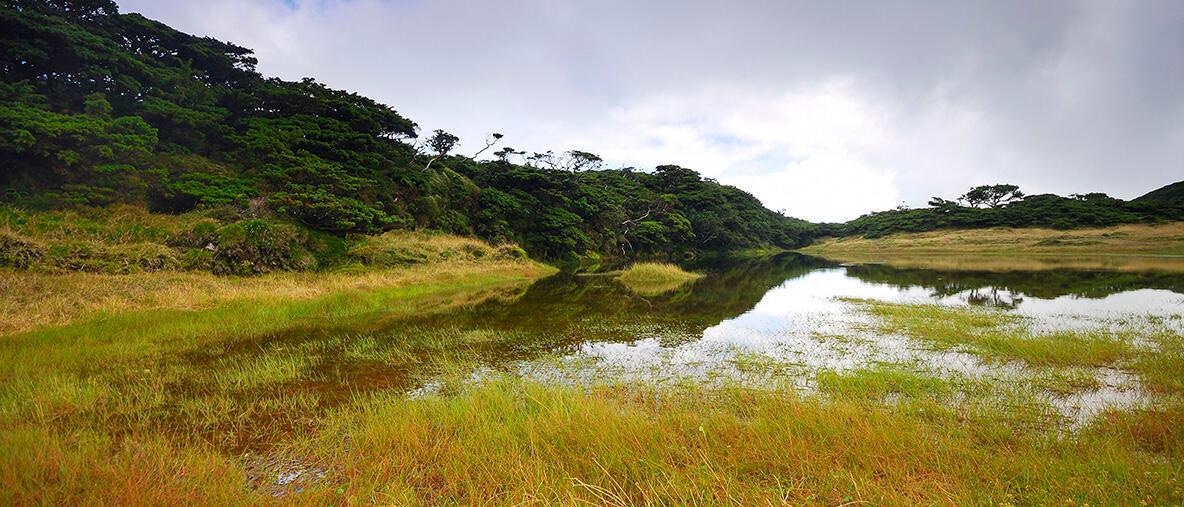Dec 14 2020
Ecology involves the interaction of millions of species in billions of distinct ways, both with their environment and between them. Usually, ecosystems appear chaotic, or at least startling for someone making efforts to understand them and make predictions for the future.
 Native forest at Santa Barbara, Terceira, where many Azorean endemic species survive. Image Credit: University of Helsinki.
Native forest at Santa Barbara, Terceira, where many Azorean endemic species survive. Image Credit: University of Helsinki.
Both artificial intelligence and machine learning have the ability to identify patterns and estimate results in ways that often mimic human reasoning. They open the door for increasingly robust cooperation between humans and computers.
In AI, evolutionary computation techniques reproduce, in a certain sense, the processes of evolution of species in the natural realm. A specific technique known as symbolic regression enables the evolution of human-interpretable formulas that describe natural laws.
We used symbolic regression to demonstrate that computers are able to derive formulas that represent the way ecosystems or species behave in space and time. These formulas are also easy to understand. They pave the way for general rules in ecology, something that most methods in AI cannot do.
Pedro Cardoso, Curator, Finnish Museum of Natural History, University of Helsinki
An interdisciplinary team of researchers from Finland, Portugal and France used the symbolic regression method to successfully explain why certain species occur only in certain regions and not in others and why certain regions include more species compared to others.
The researchers could, for instance, find a new general model that accounts for why certain islands have more species compared to others. Oceanic islands exhibit a natural life-cycle, evolving from volcanoes and finally submerging with erosion after several million years. Without any human input, the algorithm could find that the number of species in an island increases with its age and peaks with intermediate ages, when erosion is still low.
The explanation was known, a couple of formulas already existed, but we were able to find new ones that outperform the existing ones under certain circumstances.
Vasco Branco, PhD Student, University of Helsinki
Branco is currently working on the automation of evaluations of the risk of extinction at the University of Helsinki.
The study suggests that interpretable artificial intelligence is a field to investigate and boosts the cooperation between humans and machines in ways that have just started to emerge.
Evolving free-form equations purely from data, often without prior human inference or hypotheses, may represent a very powerful tool in the arsenal of a discipline as complex as ecology.
Luis Correia, Computer Science Professor, University of Lisbon
Journal Reference:
Cardoso, P., et al. (2020) Automated Discovery of Relationships, Models, and Principles in Ecology. Frontiers in Ecology and Evolution. doi.org/10.3389/fevo.2020.530135.